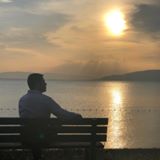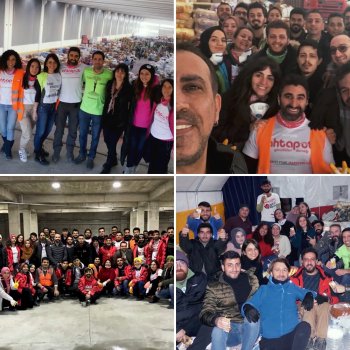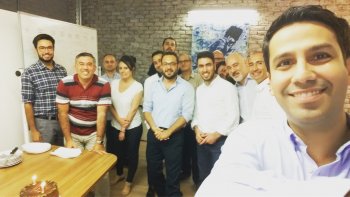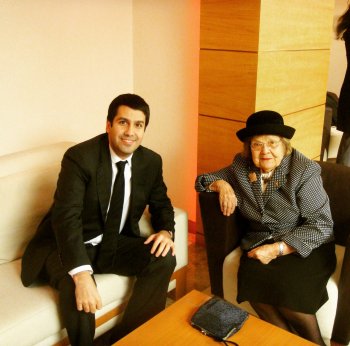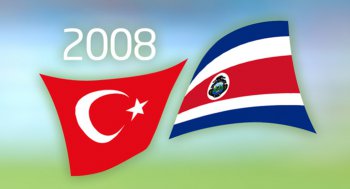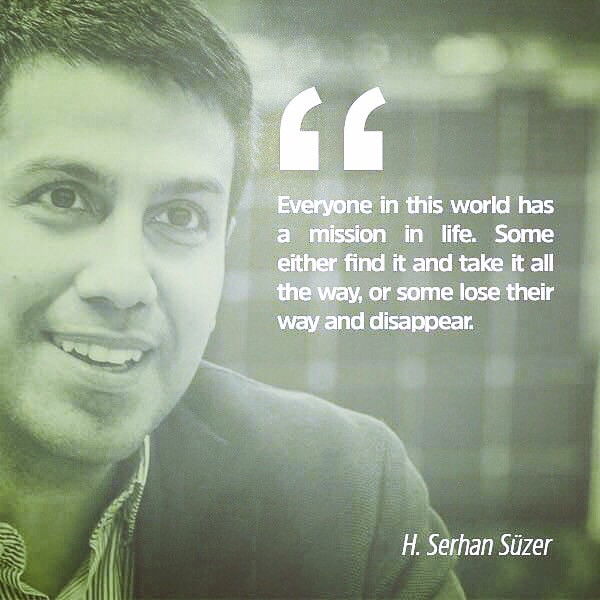The charismatic country of our Latin American cousins: Peru (Macchu Pichu)
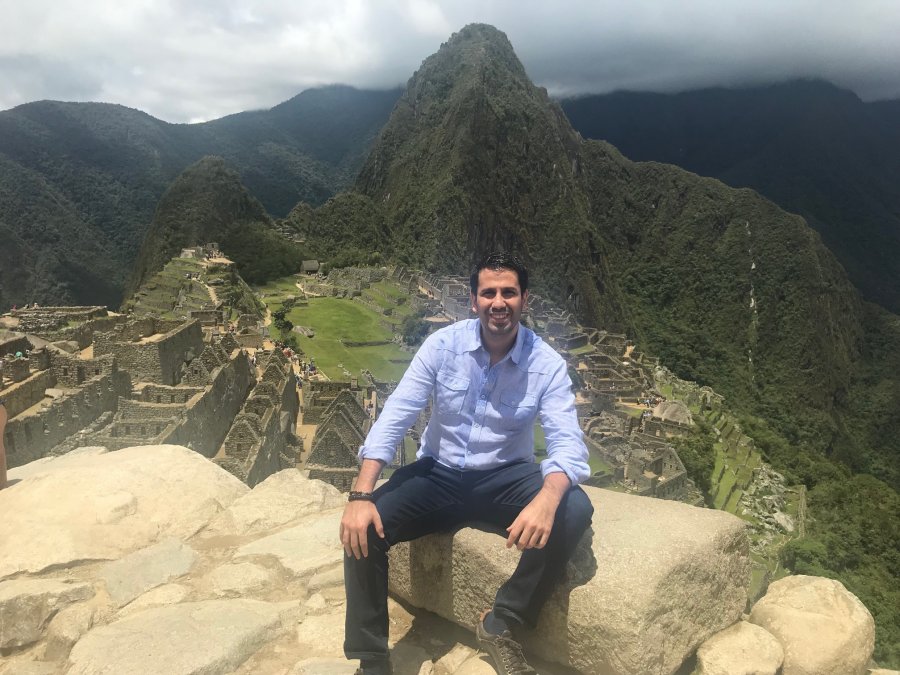
In my last article about my New Year's trip to Peru, I shared my impressions of Cusco, the capital of the Incas. I will dedicate this article to the ancient city Machu Picchu, which was built by the Incas with an altitude of approximately 2,500 m above sea level. I'm going to tell you the story of how I came back from this wonderful place where I was really sick.
In my previous article (https://serhansuzer.com/en/latin-amerikali-kuzenlerimizin-karizmatik-ulkesi-peru-cusco), I wrote that on my first evening in Cusco, we went to a French restaurant. This was not a classic French restaurant. The food was delicious and different in this restaurant, which created a kind of fusion cuisine by taking advantage of Peru's blessings.
However, among these delicious dishes we experienced, I think we were poisoned from the steamed fish.
As we had an early journey the next morning to Macchu Pichu, we ate dinner early and returned to the hotel.
We had to get up at 3 in the morning and join the Machu Picchu tour that started at 5 in the morning. However, in a very interesting way I couldn't get out of bed in the morning. It was like the floor was slipping under my feet, I felt dizzy and felt like vomiting. It was really an uncomfortable feeling to be sick and not be able to vomit. And when the cold sweats started, I realized I was poisoned. My friend who was traveling with me was also in the same boat.
A journey that started with sickness
We had to make a decision. We decided to go to Machu Picchu no matter what. We really pushed ourselves out of the hotel. While it was still quite dark outside, a taxi took us to the centre of the tour agency. We took our ticket and got on the bus. During the 3-4-hour journey, which started at five in the morning, our stomach was nauseous on the bus that was constantly driving in zigzags. We tried to get over this troubled process by sleeping it off.
We finally came to Ollantaytambo, where the train line is. From there we reached the city of Aguas Calientes by the Inca rail. My appetite was completely lost, I tried to force myself to eat something on the train, but it didn’t help! Even though I felt really bad, this authentic train covered with glass gave me these amazing views, enlightened me when I looked outside. You feel like you're traveling in Alice's Wonderland on the Harry Potter train.
The natural beauty that I saw as the train travelled between the high Andes mountains, in the untouched lush nature, following the curve of the Urrubamba river, once again made me to be thankful for living in this beautiful world. In order for future generations to see these beauties, I am more motivated by my efforts to contribute to sustainability, renewable energy and recycling.
We got off the train, stopped for a while at one of the restaurants, then took the bus and headed for Machu Picchu. Of course, with the effect of being poisoned, we had an extremely uncomfortable journey. I just kept breaking out in cold sweats. We reached Machu Picchu at 12 o'clock.
Going against the current
Since Jesus' guide was not available, he recommended another guide, which we met, and he gave us this tour. At the end of the challenging journey we came to this incredible place while I was still having cold sweats and nausea. I told the guide that we weren't feeling well. We were just drinking plenty of water.
Before starting the tour, my friend next to me realized that he did not have his cell phone with him. In addition to feeling sick, this distress also made us anxious. We asked the lost and found area for it but unfortunately, they gave us a negative response. We started our tour trying to ignore it.
We started our tour by climbing the stairs with the crowd. As our sickness was wearing off, we started to feel much better, so our tour guide gave us two options: "We can climb these steep stairs and climb to the top. The scenery is amazing from there. Or we can go from here off a flatter surface to get to another place which also has a nice view. Which one shall we choose?”
I looked into the eye of my friend next to me, and as per usual, I chose the difficult option, and said to him: "Let's not let this sickness prevent us especially after coming all this way. Let’s give it our best shot. Let's go from the steep route, is that ok by you?"
Utopia reflected from the past to the present
When my friend approved, I turned to the guide and said, “Let's go up those steep stairs, but let's go slowly because we don't feel so good.” The guide smiled sympathetically and said, “ok agreed”, and then said, “follow me”, so we started to climb the stairs.
When we reached the top, I remember saying to myself, 'This place is amazing’. I have travelled to many places around the world, but I have never seen a place with so many iconic and different energies. When you look at this Inca city, which is located on top of the clouds, at the peak of the mountains in a magnificent nature; you feel as if you are in a utopian city where everyone lives in a peaceful, healthy and prosperous, respectful, ethical, modern civilization.
When I looked at that view, I realized that I had forgotten my illness. Then I sat down in the first place I could, where I was able to capture the following shots. Do you see an interesting situation in these photographs?
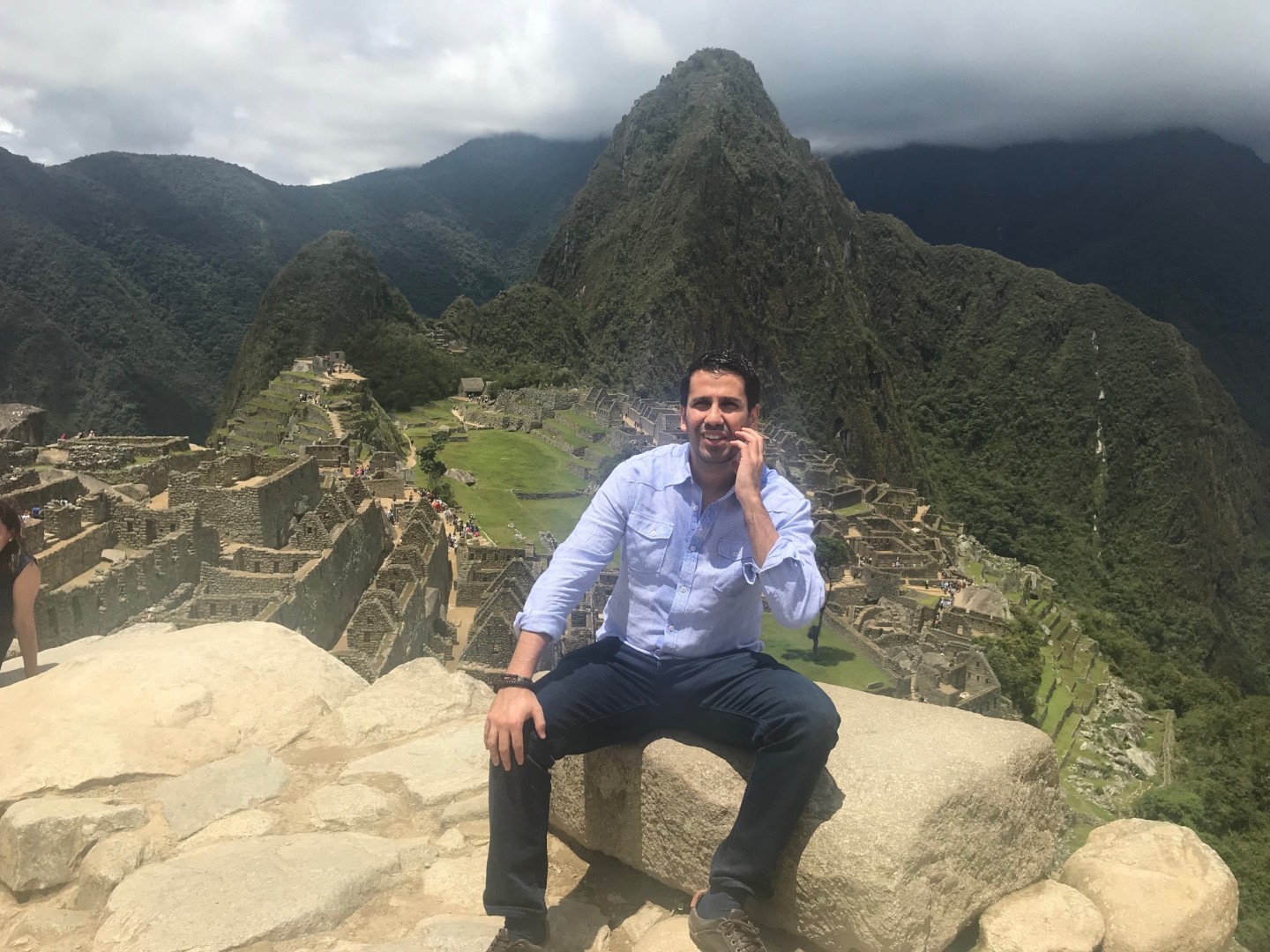

I had come to the place I was most curious about on my trip to Peru. Whether I was sick or in good shape, I was forcing myself to remember what the tour guide had told me. There is a real benefit to getting to know this incredible civilization.
I would like to take this opportunity to give you some information about Machu Picchu:
Machu Picchu is an ancient city of Inca that has been preserved very well. On July 7, 2007, it was chosen as one of the 'Seven Wonders of the World'. It is located at the summit of Andes, at an altitude of 2,360 m, on the Urubamba valley, 88 km from the city of Cusco in Peru. (Source: Wikipedia)
Machu Picchu, the ancient city of the Incas, was built by the Incan ruler Pachacutec Yupanqui in the 1450s. It is believed that many inhabitants of this abandoned ancient city died 100 years later due to smallpox caused by travellers.
Although the city is only 80 kilometres beyond Cusco's capital, the Spaniards have never found Machu Picchu. This city, which has not been looted and destroyed, has been hidden for years. The name of the city means “Old Summit” in Quechua language. Nobody knows about the existence of this city which has been covered with dense forests for centuries. In 1911, an American historian and explorer at Yale University, Hiram Bingham found Machu Picchu with the help of a local farmer during his trip to the former Inca capital. Bingham draws international attention on Machu Picchu and organizes major excavations in 1912 for the emergence of the entire city. There are rumours that others discovered Machu Picchu before Bingham but did not make it known to the world.
In 1983, UNESCO included the region in the 'World Heritage List'; The city has been described by UNESCO as “the absolute masterpiece of architecture and the unique witness of the Inca civilization”.
The city is divided into urban and agricultural regions. There are temples in the upper town and warehouses in the lower town. The architecture is designed according to the mountain. Approximately 200 buildings consist of large terraces parallel to the east-west direction. Stone structures and 3,000 steps connected to each other with more than 200 stair systems have survived to the present day. Although many theories have been proposed for the purpose of making Machu Picchu, according to the most widely accepted theory, the city was home to more than 700 Inca nobles and clergy.
The city, which is visited by approximately 2000 people a day, was brought by UNESCO with a quota of 800 people per day in order not to damage the ruins. (Source: Gezimanya).
I would like to share with you the photos we took during the tour:

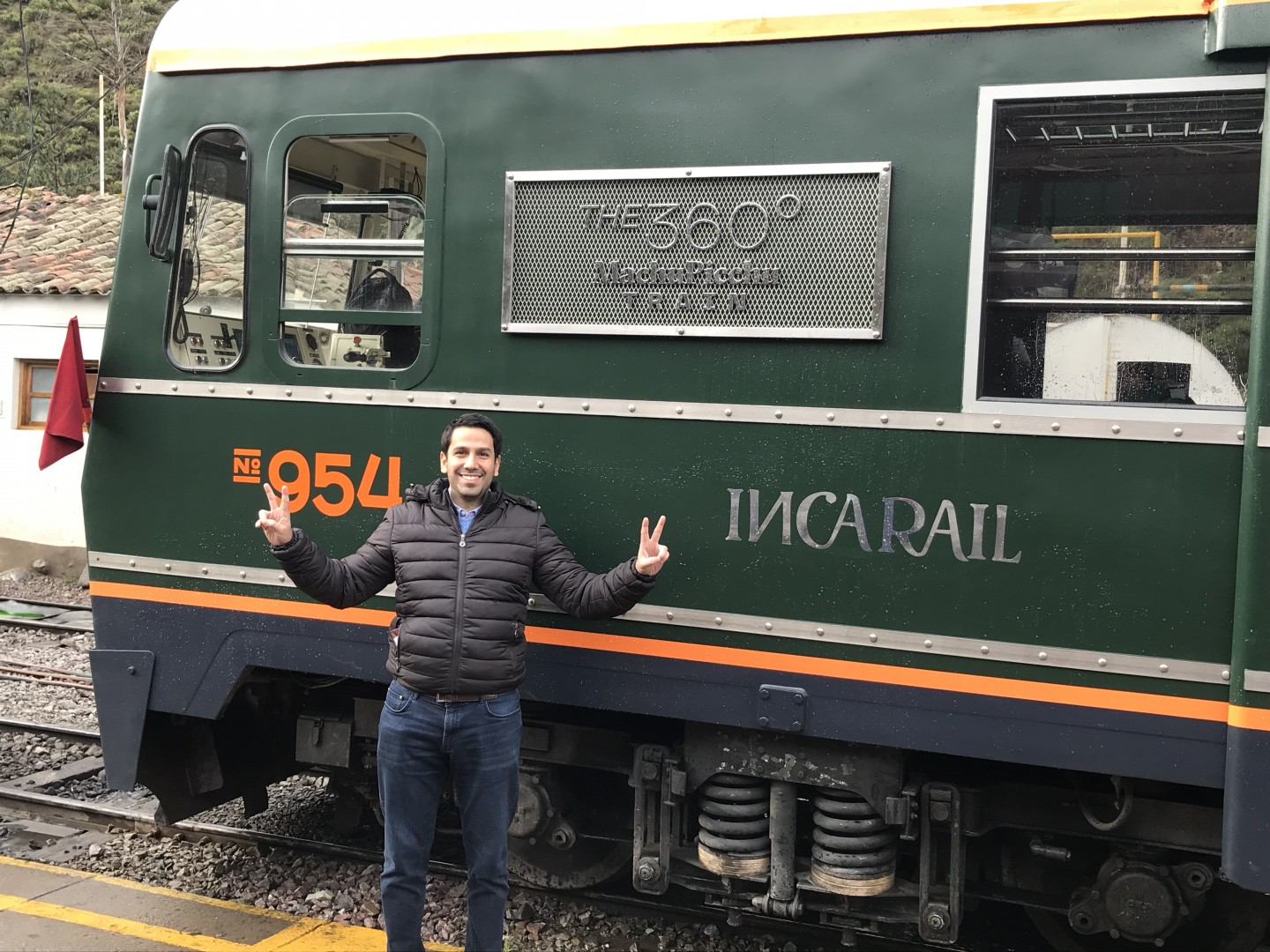















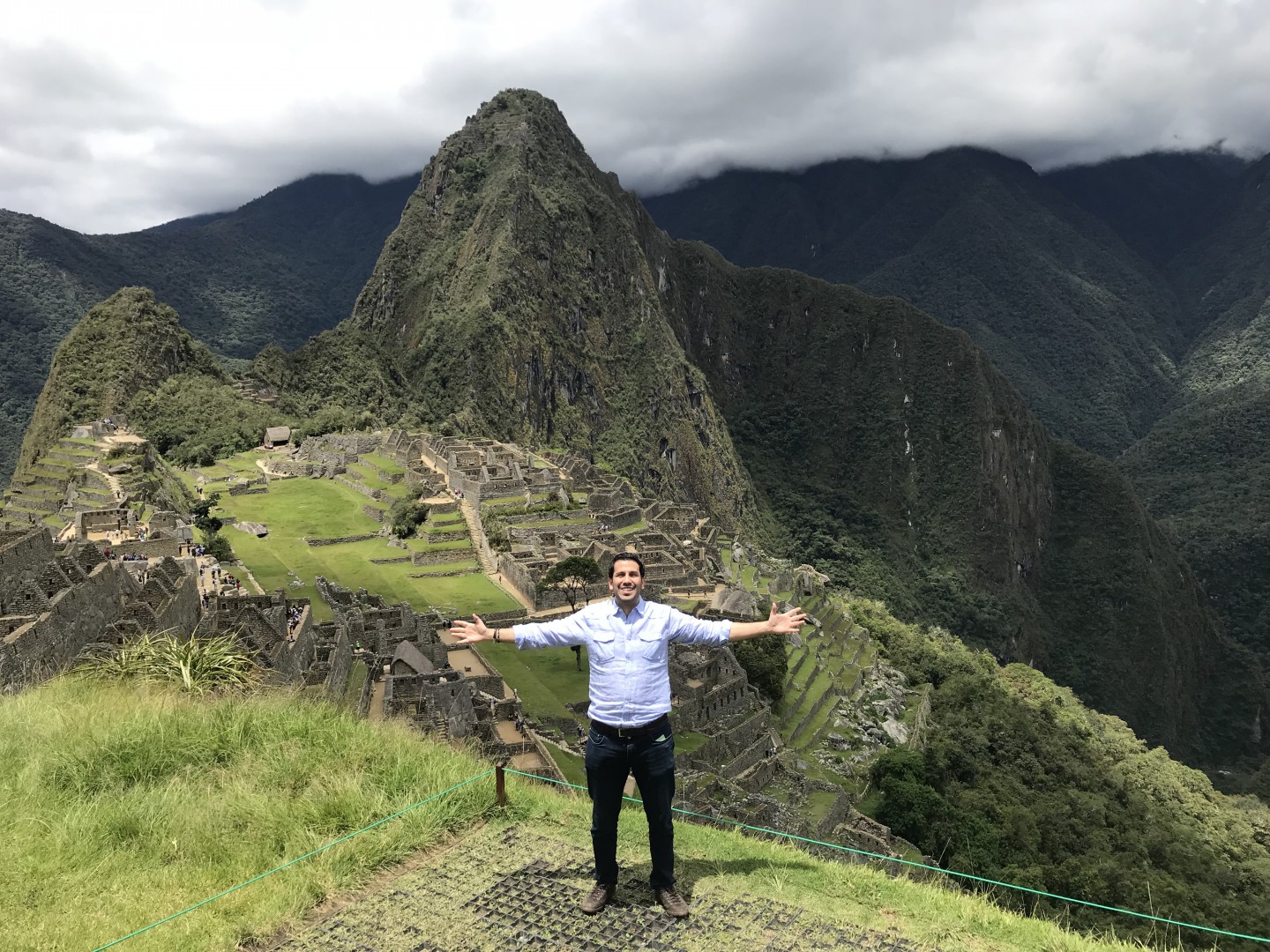


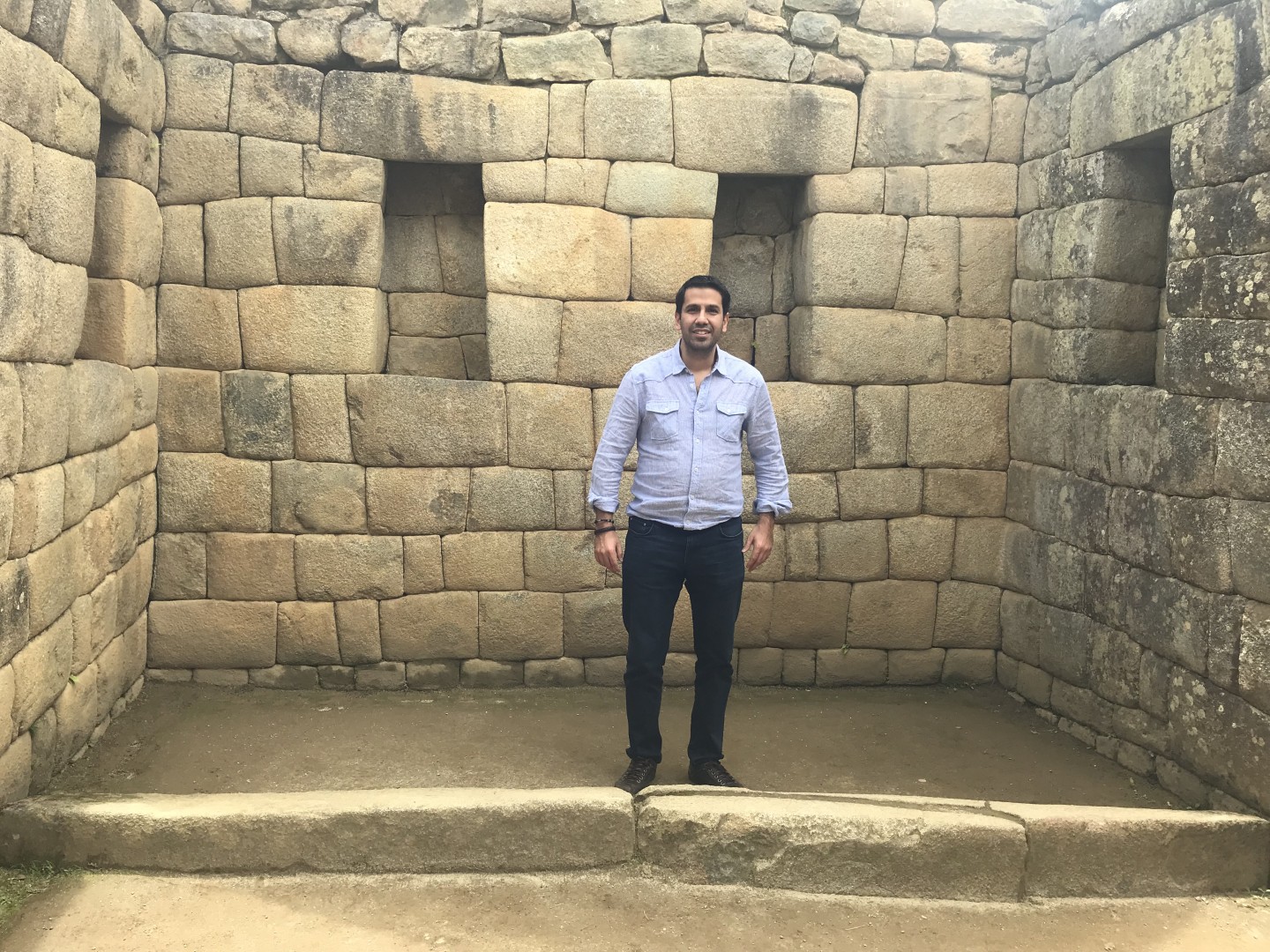


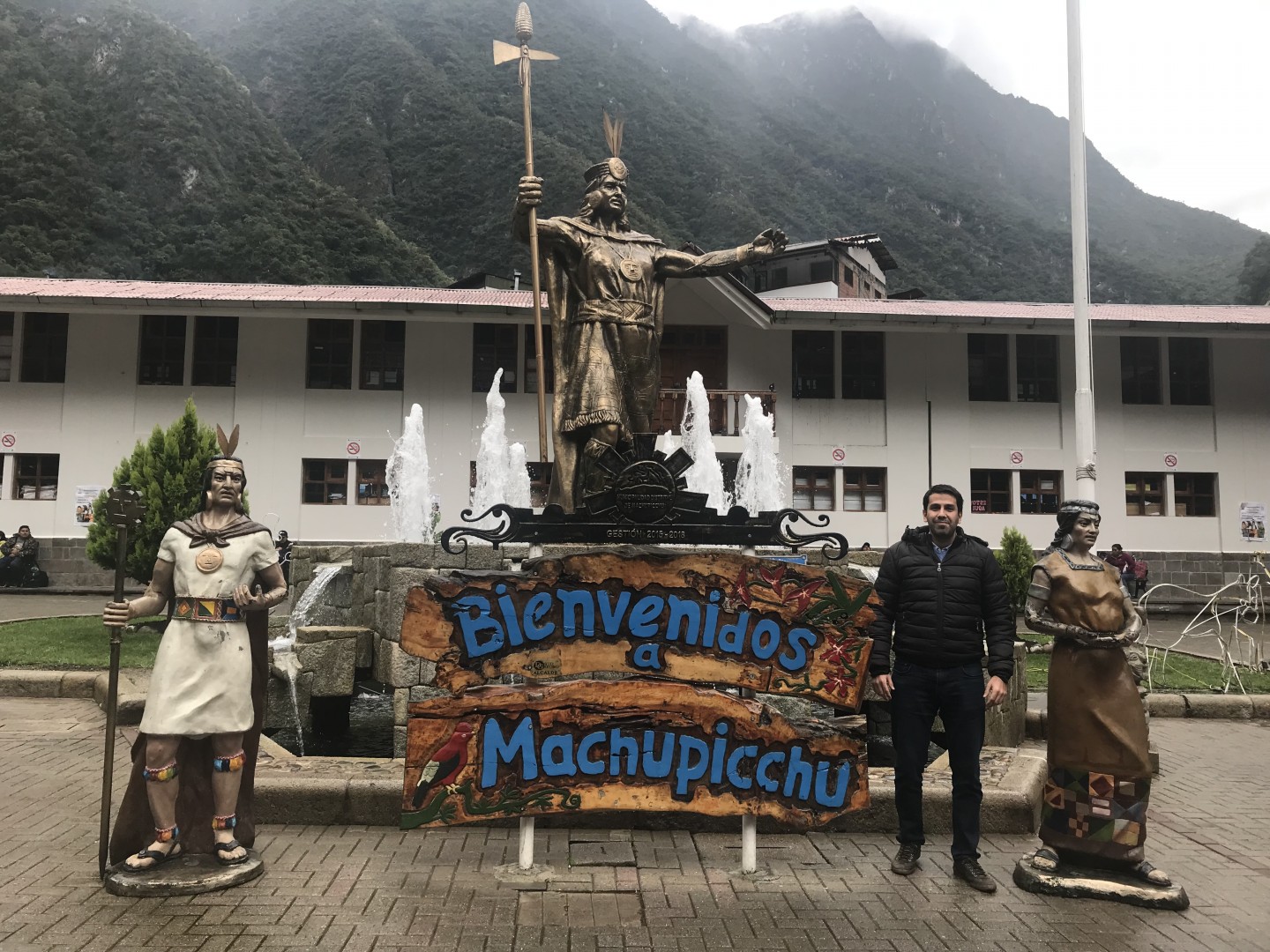



In addition to this information, I would like to share some interesting information that our tour guide told us:
- The king of the Incas and the nobles lived in the upper part of Machu Picchu, and the general population stayed in the lower part of the city.
- The king's residence was located in the upper part which was built in that period’s villa style. During that period, where the city was divided into “nobles and people”, there was a large room in the king's house and a courtyard overlooking the city. Nevertheless, when you enter that room, you can say that he lived a relatively modest life because he did not live in a fancy palace.
- There were many women who served the king and made friends, like the concept of the harem.
- The Incas created the concept of a self-sufficient city. The agricultural areas were located on the terraces on the sides of the city and they cultivated and consumed many different products such as legumes and potatoes.
- Mankind discovered agriculture long before the Incas, and before the Incas, many civilizations developed and expanded their agricultural activities. Today, agriculture is still our most important food source. The contribution of the Incas to humanity, on the other hand, thanks to advanced civilization cultures and continuous R&D in agriculture, has perfected the agricultural techniques in time and thus increased the productivity and diversity.
-They took great care to live in peace with nature. That's why they built Machu Picchu in harmony with nature, taking into account the position of the mountain and the sun. There is even a sundial in the city.
- The temples are also relatively modestly built and positioned relative to the sun. The most important God supported and worshiped by the Inca dynasty is Inti (God of the Sun). The Incas also have other important Gods. For example, “Pachamama”, the Goddess of Earth or Mother Earth as we call it. They also have different Gods that they identify with especially nature. Like Copacati, the goddess of the lake.
The temple of the sun is worth seeing. As I spent time in this temple, I had a conversation with my friend next to me (I started the conversation):
- As in our Hittite civilization or in the culture of our ancestors in Central Asia, the Incas see the sun as a source of life and regard it as sacred. In fact, we have many things in common with the Incas, and I even see elements of shamanism in their beliefs (I will talk more about this in my next article).
-Many ancient cultural settlements in the world have chosen geodetic lines (the shortest distances on the surface of the sphere) in the high energy fields of the world. For example, the pyramids of Egypt, the Cambodian Lost City of Angkor Wat and the Mayan settlements.
Among these energy centres, the most powerful of the world is Kundalini energy (Mother Nature) and at this level there are only four settlements in the world. These are the Himalayas, some regions in India, Tibet and Machu Picchu, and in the language of the Incas, “Pachamama”
This energy is similar to the chakras in the human body.
According to another source (http://outertravelsinnerjourneys.com/the-seven-most-powerful-places-on-the-planet/) the world has its own chakra system, just like our body, and 7 settlements in the world address these 7 chakras. Again, according to this source, Machu Picchu is associated with the energy corresponding to the second chakra (Sacral Chakra). The characteristics of the second chakra coincide with emotional functions such as emotions, creativity and relationships (https://www.chakras.info/sacral-chakra/).
According to another source (https://www.spiritualbizmagazine.com/machu/) Machu Picchu is rich in crystals (quartz rich terrain). Crystals have natural healing - calming - and balancing the chakras in the body according to many holistic philosophies.
After taking the lesson about these natural energies and in terms of reflecting my own feeling, I turned to the guide next to me and said, “This is a special place, its energy is high”. He said, "That’s what everyone usually says".
The guide then asked me:
- What do you do?
- Solar energy
- Very nice
- I personally like the fact that the Incas took the sun into the centre of their lives and shaped their lives. Because that's also my job.
- So that’s why you’re at the right place
- I do the same in the field of sustainability as they did R&D in agriculture. My life goal is to continuously develop models and technologies in the field of sustainability for humanity. Therefore, I attach great importance to R&D activities.
- I am pleased to know that there are people like you.
- Thank you. We will continue to do our best…
Until we meet again…
We were now getting ready to make our way back. We said goodbye to our guide.
In the meantime, we talked about how we could investigate the matter with the phone again, we asked everyone we could and as we were entering the bus terminal, the official there asked us to describe the phone. We described it and he pulled out the exact phone from his pocket. My friend had dropped his phone on the bus, and it was found by the passengers which got handed over to the authorities. It was great joy.
Then we set off on our way back. After the bus, we took a train and then got back on a bus in which we arrived in Cusco in the evening after a busy journey.
When we arrived at the hotel, we were feeling much better, but there were still signs of illness. Jesus made us a nice vegetable soup, we drank it and went to bed early. After a very long time, I slept for eight hours straight. I woke up the next morning as if I was reborn. I was very happy.
In the language of the Incas which is Keçuva, there is no word for "goodbye" (a significant majority of the indigenous people still speak this language), using the phrase “Tupananchikkama“ (“Until we meet again”). We also couldn’t bring ourselves to say goodbye to the civilization of the Incas, which is so beautiful but unforgettable. Therefore, until we meet again Incas ...
Note: In my next article, I will also touch on pre and post Incan civilizations and Shamanism, our common denominator with the Latin Americans.
Tag: gezi